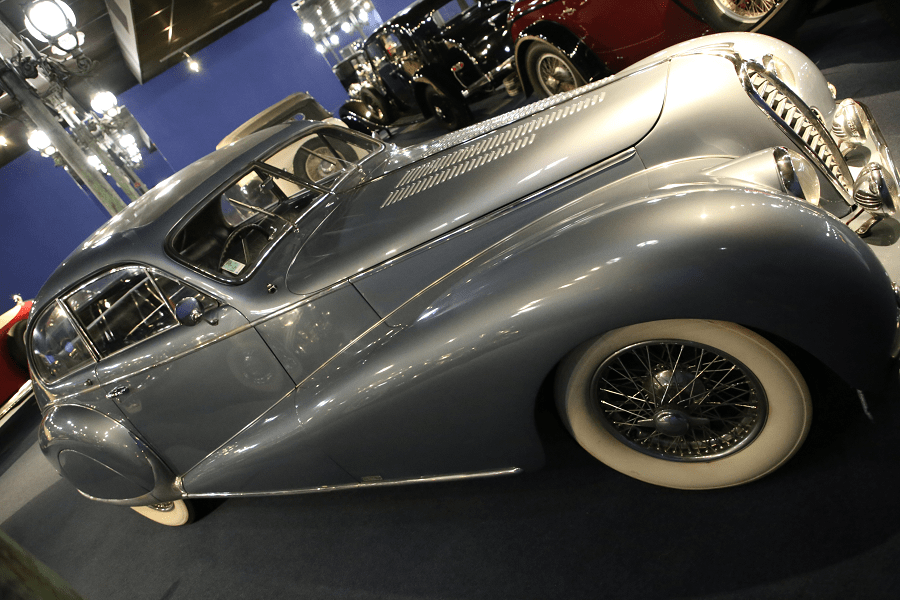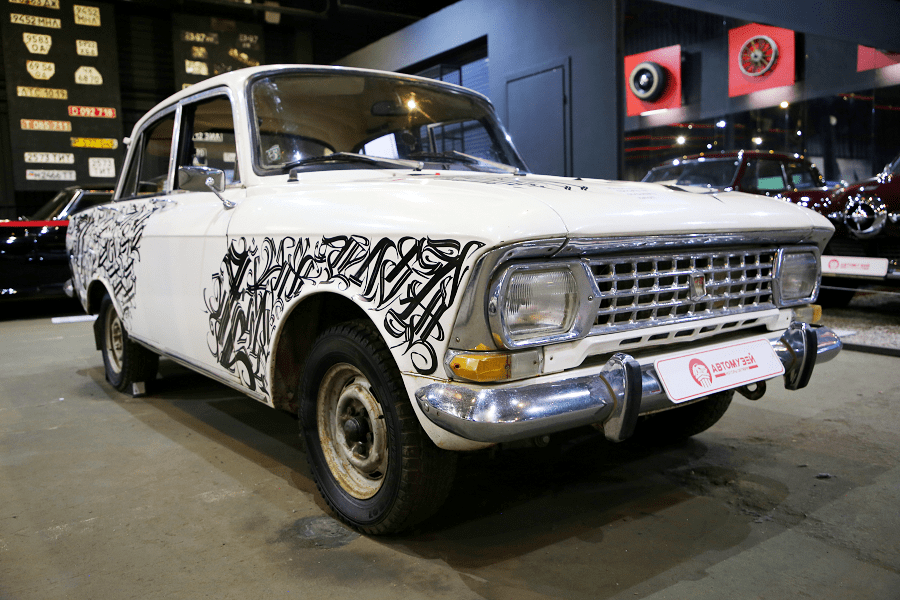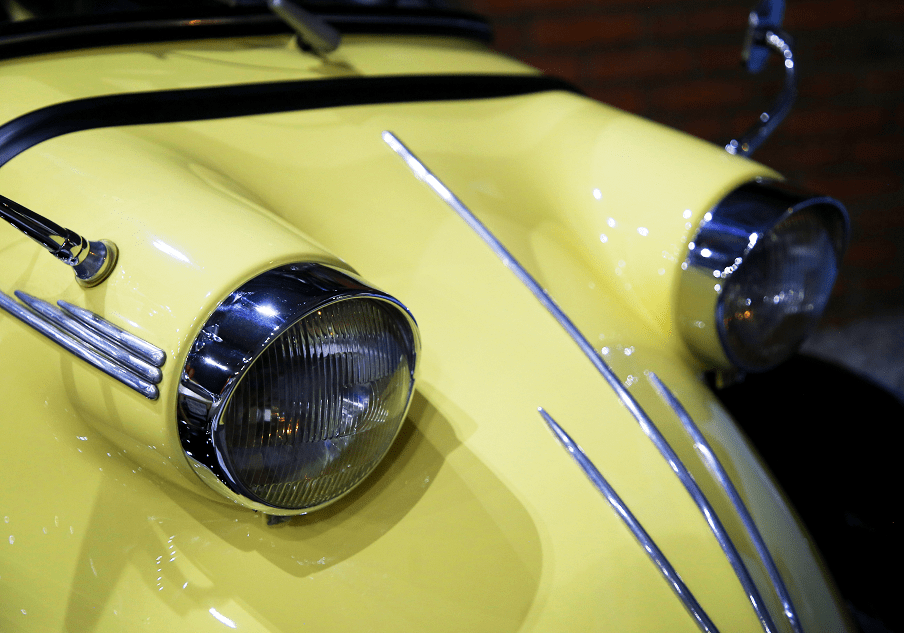Delahaye Coach 135 M from 1949, 6 cylinders, 3557 cc, 115 HP, 160 km/h
A larger-displacement (3,557 cc) 135M was introduced in 1936. Largely the same as the regular 135, the new engine offered 90, 105, or 115 hp, with either one, two, or three carburetors. As with the 135/138, a less sporty, longer wheelbase version was also built, called the “148”.
The 148 had a 3,150 mm wheelbase, or 3,350 mm in a seven-seater version. On the two shorter wheelbases, a 134N was also available, with a 2,150 cc four-cylinder version of the 3.2-litre six from the 135.
Along with a brief return of the 134, production of 148, 135M, and 135MS models was resumed after the end of the war. The 135 and 148 were then joined by the one litre larger engined Delahaye 175 / 175S; 178; and 180, being an entirely new series that was under development before the war.
When the large displacement chassis-series was discontinued in 1951, the 135M was updated to be introduced as the Type 235, as a last ditch effort to save Delahaye. It was a fine product, and was offered until the demise of Delahaye in 1954. Only 84 examples were built.
The Delahaye 135 is a luxury car manufactured by French automaker Delahaye. Designed by engineer Jean François, it was produced from 1935 until 1954 in many different body styles. A sporting tourer, it was also popular for racing.
The Delahaye 135, also known as “Coupe des Alpes” after its success in the Alpine Rally, was first presented in 1935 and signified Delahaye’s decision to build sportier cars than before. The 3.2-litre overhead valve straight-six with four-bearing crankshaft was derived from one of Delahaye’s truck engines and was also used in the more sedate, longer wheelbase (3,160 mm or 124 in) Delahaye 138.
Power was 95 hp (71 kW) in twin carburetor form, but 110 hp (82 kW) were available in a version with three downdraught Solex carbs, offering a 148 km/h (92 mph) top speed. The 138 had a single carburetor and 76 hp (57 kW), and was available in a sportier 90 hp (67 kW) iteration.
The 135 featured independent, leaf-sprung front suspension, a live rear axle, and cable operated Bendix brakes. 17-inch spoked wheels were also standard. Transmission was either a partially synchronized four-speed manual or four-speed Cotal pre-selector transmission.
Competition 135s set the all-time record at the Ulster Tourist Trophy and placed second and third in the Mille Miglia in 1936, and the 1938 24 Hours of Le Mans.
The list of independent body suppliers offering to clothe the 135 chassis is the list of France’s top coachbuilders of the time, including Figoni & Falaschi, Letourneur et Marchand, Alphonse Guilloré, Marcel Pourtout, Frères Dubois, Jacques Saoutchik, Marius Franay, Henri Chapron, Faget-Varnay, Antem, and others.
Production of the 3.2-litre version ended with the German occupation in 1940 and was not taken up again after the end of hostilities.












